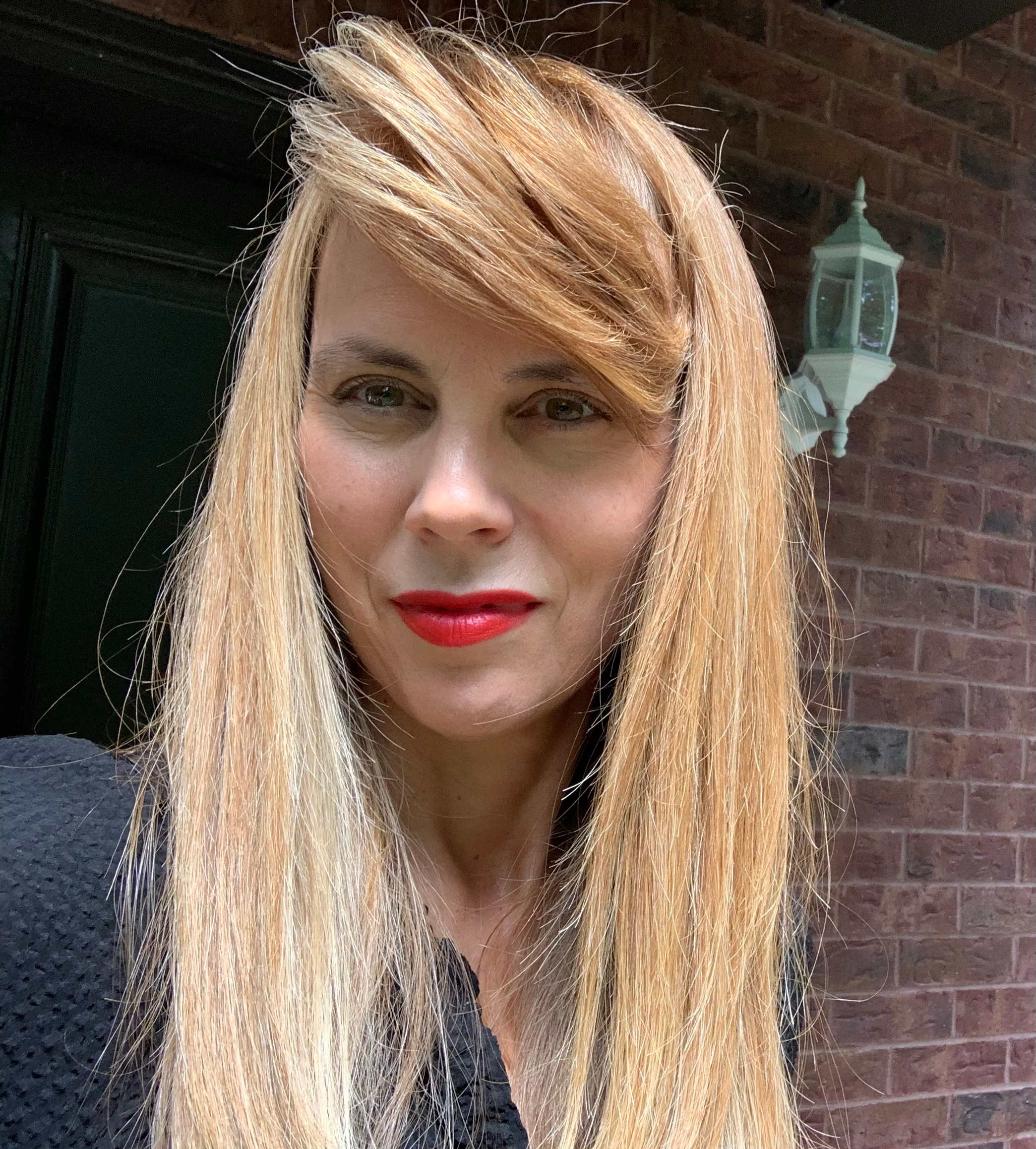
Enclosure for senior bunnies
- Annie

- Aug 13, 2024
- 2 min read
Over the past year, my senior rabbit Titi, who is 12 years old, once more taught valuable lessons to me regarding the well-being of bunnies, particularly in caring for the needs of an elderly rabbit.
There came a time when anti-inflammatory and pain medication were no longer sufficient to improve his mobility. While PEMF treatments initially provided a boost of energy, he eventually grew fatigued and began experiencing falls again.
On this occasion, my intuition led me to reconsider his living space. While a soft surface was beneficial for his pododermatitis, it compromised his stability. Although a spacious enclosure provided ample distraction and room for exercise, an excessive amount of space could result in quicker fatigue.
Therefore, I redesigned his habitat into an octagonal shape. Here are the changes I made:
Installed a flat anti-skid surface
Positioned sensory mats for children
Added door draft stoppers
It is crucial to position the mats and door stoppers by carefully watching the bunny.
Where does the bunny relax? Where does he munch on hay? Where does he drink water?
These locations must definitely be equipped with a door stopper for him to take a break while performing these crucial tasks.
Regular vet visits are crucial for an elderly rabbit, as well as having appropriate slippers for stability to prevent sore hocks. Osteopathic, acupuncture, and PEMF treatments can offer great benefits, but from my own experience, the key factor is providing an adjusted living environment where the bunny can easily eat hay and relax for proper digestion.
I consider it a privilege to care for an elderly rabbit. Older rabbits are often wise and serene. If you notice that your rabbit is becoming less comfortable as he ages, take the time to observe and be curious about his evolving needs. Rest assured, your rabbit will subtly guide you towards what he requires for happiness.










Comments